The Future of Web Design: Trends to Watch in 2023 and Beyond
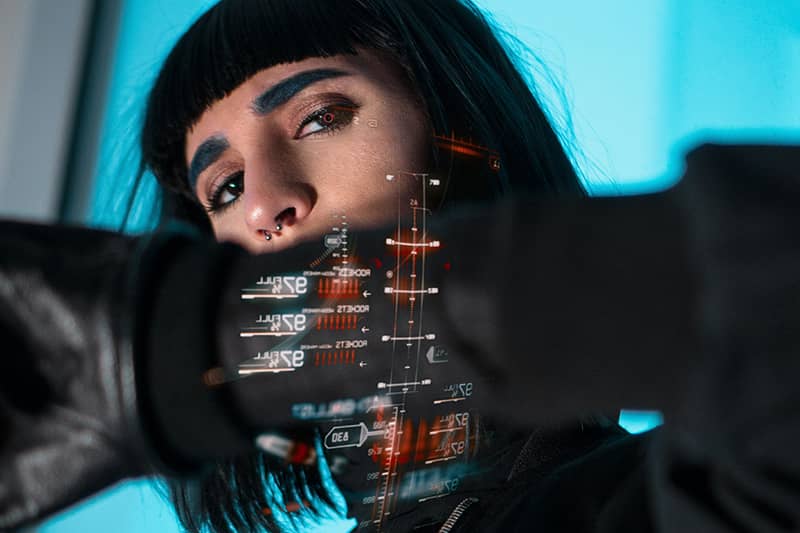
Table of Contents
The Future of Web Design Is In These 10 Hot Takes
The digital landscape is constantly evolving, with web design trends and technologies shaping the way we interact with websites.
As user expectations grow and the need for accessible, engaging online experiences becomes more crucial, designers must stay ahead of the curve to create websites that stand the test of time. In this article, we will explore 10 hot takes on the future of web design, covering everything from responsive design and dark mode to AI-powered tools and the metaverse.
Get ready to dive into the trends that will define the next era of digital experiences and learn how to future-proof your web design strategy.
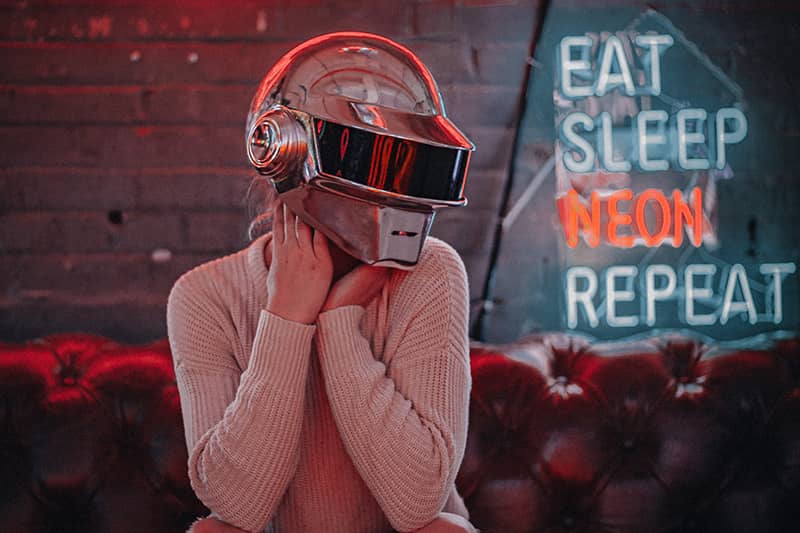
1) Responsive Design: The New Standard for a Mobile-First World
As more users access the internet through mobile devices, responsive design has become crucial in creating an optimal browsing experience. This approach ensures that websites automatically adjust to different screen sizes and orientations, making it a necessity for modern web design. According to Statista, mobile devices accounted for over 59.16 percent of global website traffic in 2022, a number that is expected to grow further in the coming years. To stay competitive, businesses must prioritize responsive design, as it improves user experience, reduces bounce rates, and boosts search engine rankings.
The future of responsive design will likely see more advanced techniques for adapting to a wider range of devices, including smartwatches and IoT-enabled gadgets. We can also expect to see the emergence of new technologies, such as Flexbox and CSS Grid, that allow for more efficient design solutions. With larger screens becoming the norm, we may even start seeing designs break past the traditional 12-column grid and adopt more creative formats.
When it comes down to it, responsive design is here to stay – and businesses need to keep up or risk getting left behind. It’s an essential tool for delivering a seamless user experience across all devices and platforms, so if you haven’t already implemented it into your web design strategy, now’s the time! After all, no one wants to be stuck in the Stone Age when everyone else has moved on. So let’s get ahead of the curve and make sure our websites stay ahead of the competition. Who knows what the future holds – but with responsive design, you can be sure your website will be ready to take on whatever comes it’s way. So don’t hold back – it’s time to make sure your website is ready for the future of responsive design!

2) Dark Mode and Low-Light UX: The Rising Trend in User-Centric Web Design
Dark mode has gained popularity in recent years due to its eye-friendly, energy-saving benefits. Research from the American Optometric Association suggests that reducing screen glare and eye strain can improve overall user experience, especially during low-light conditions. This trend in web design considers user preferences, offering an option to switch between light and dark modes for a customized experience. As technology continues to advance, it is expected that adaptive colour schemes and personalized UI options will become more prevalent in the future of web design, putting the user’s needs and comfort at the forefront.
As a result, dark modes are sure to stay and become increasingly popular for years to come. After all, why would anyone want to strain their eyes when they can be wowed by a beautifully designed dark mode page? So if you’re looking for an aesthetic edge for your website, don’t forget about the power of dark mode! Who knows, it could be the key to unlocking the future of web design.
So let’s get ready – darkness may be falling in the world of web design but with it comes some exciting possibilities. Adopting this trend now is not only good practice but can result in great engagement gains as users appreciate being able to customize their viewing experience as well as take advantage of its energy-saving benefits. Plus, it looks really cool! With dark mode, the possibilities are endless. So don’t be afraid to go full-on noir and let your website shine in the darkness.
Although there is still work to be done on making browsers more user-friendly for dark mode, overall this trend looks like one that will stay around for the foreseeable future. So why not take advantage of all that it has to offer? Embrace the darkness and get ready to explore what lies ahead! It could open up a whole new world of design opportunities and make your website stand out from the crowd. After all, who doesn’t want their site to look as sleek and stylish as possible?
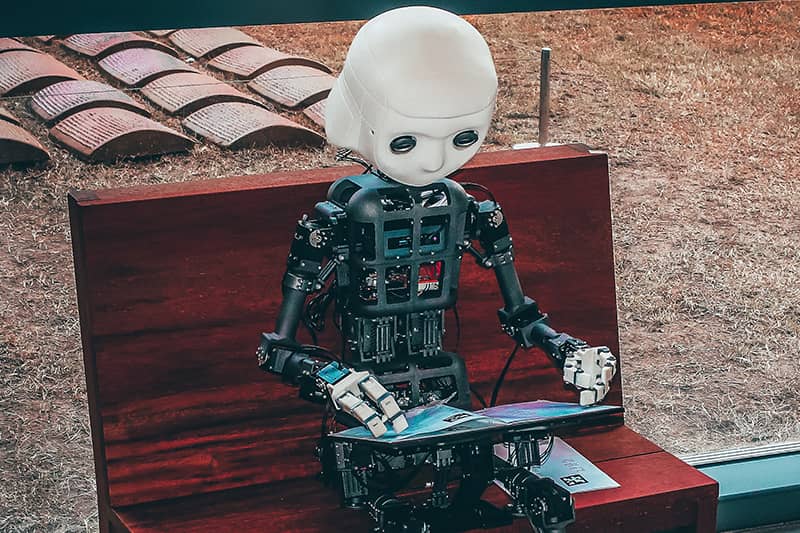
3) AI-Powered Web Design: Harnessing Artificial Intelligence for Smarter Websites
Artificial intelligence (AI) has the potential to revolutionise web design by automating tasks, improving user experience, and generating personalised content. Tools like Adobe Sensei and Wix ADI are already using machine learning algorithms to analyse user behaviour and create custom website designs based on preferences. The future of AI in web design is likely to see even more sophisticated algorithms that can predict user behaviour, optimise website performance, and deliver real-time personalization, making websites smarter and more efficient.
As AI technology becomes more advanced, web developers will be able to create websites that are tailored specifically to the individual user. This could mean a website that remembers your preferences and automatically adjusts its design based on your behaviour, or a website with contextualized content relevant to where you’re located. With AI, developers can create websites that are more intuitive and interactive, making for a richer user experience.
AI has the potential to completely revolutionise web design in ways we haven’t even begun to imagine yet. The possibilities are limitless, from creating adaptive designs based on real-time data analysis to predicting customer needs and delivering personalised web experiences tailored to each individual user. As AI continues to evolve over time, it will become increasingly powerful and capable, enabling developers to create more dynamic, engaging websites that are tailored to the needs of their users.
AI tools like Adobe Sensei and Wix ADI are already paving the way for a new generation of web design tools. Instead of having to manually code every page, these tools allow developers to work with AI-driven ‘building blocks’ – reusable components that can be quickly pieced together and tweaked as needed. This dramatically simplifies the process of creating complex designs and ensures consistency across multiple pages. As AI technology continues to improve, it’s likely that automated website generators will become increasingly prevalent in the near future.
It looks like AI is set to revolutionise web design in a big way, with Adobe Sensei and Wix ADI at the forefront of this shift. The technology is still relatively new, but as it matures it promises to provide web developers with powerful tools that will enable them to create beautiful sites in a fraction of the time. This could lead to an explosion of innovative websites – all built thanks to artificial intelligence. Who knows what fascinating designs we may soon be able to produce? It’s certainly something worth looking forward to!
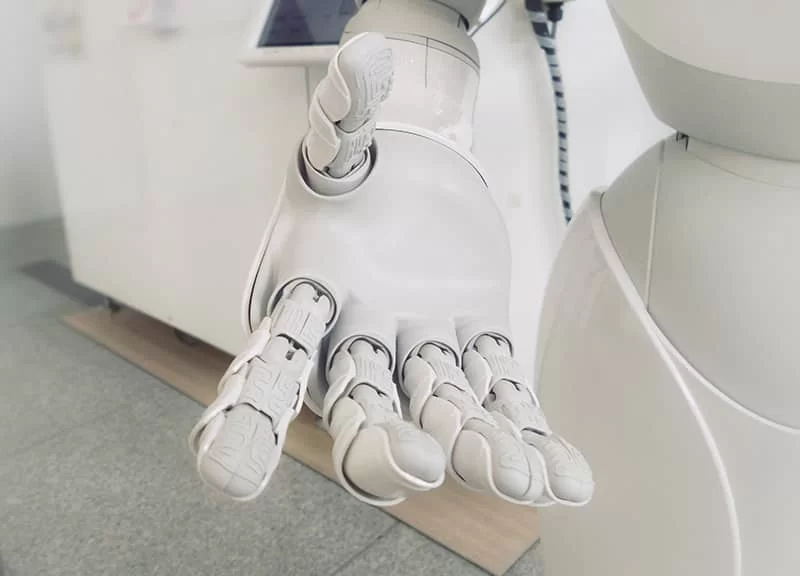
4) Minimalism and White Space: The Timeless Appeal of Clean Web Design
Minimalism remains a popular web design trend due to its simplicity and focus on essential content. By utilizing white space and reducing clutter, minimalistic designs improve readability and user experience. This design philosophy aligns with the growing demand for faster loading times and better mobile experiences, as minimalistic websites tend to have fewer elements and reduced file sizes. Moving forward, minimalism is likely to stay relevant as it caters to user preferences for clean, intuitive interfaces that prioritize content and functionality.
That’s not to say minimalism is a one-size-fits-all solution. As trends continue to evolve, website developers must be adaptive and seek creative ways to incorporate elements of minimalism while still making their sites stand out. Fortunately, there are plenty of white space options available, from subtle backgrounds and typography to bolder use of negative space with contrasting colours and shapes. No matter the approach, minimalist web design will remain an important tool for creating sleek and modern websites that remain user-friendly in the future. After all, when it comes down to it, less really can be more!
White space is also gaining popularity as a way to improve the user experience. By strategically organizing content, users can more easily and quickly access the information they need. Studies have shown that when web pages are less cluttered and easier to scan, visitors are more likely to stay on the page for longer periods of time, increasing engagement levels. This trend will continue to rise in importance as website developers seek out new ways to keep their visitors interested and engaged.
The future of minimalism and white space in web design looks bright. Not only does it look great aesthetically, but it also improves user experiences by making websites simpler and easier to navigate. There’s no doubt that this style of design will remain popular in years to come, and it’s important for web developers to understand the importance of this trend. So embrace the minimalism and whitespace movement – your users will thank you for it!
And with that, I’m off to design some minimal websites…happy coding everyone!
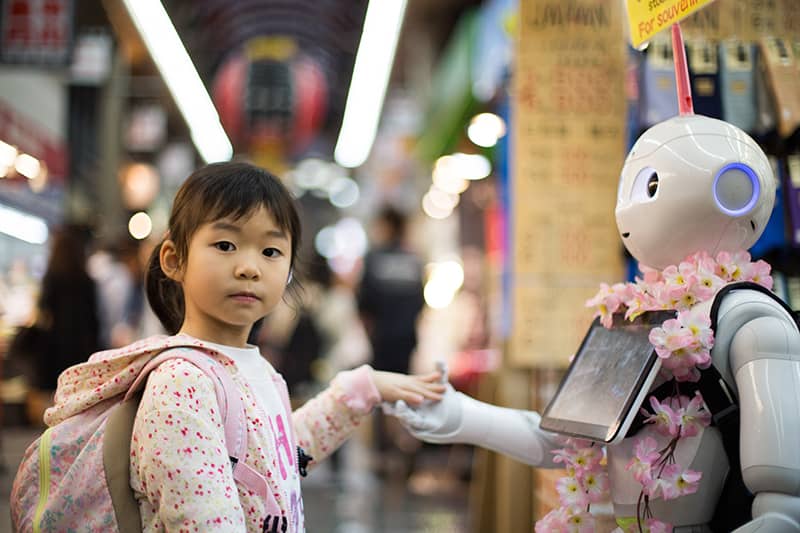
5) Voice-Activated Interfaces: The Sound of the Future in Web Design
With the rise of voice-activated devices like Amazon Echo and Google Home, voice interaction is becoming an essential part of the digital landscape. As reported by Voicebot.ai, over 58% of US adults used voice search, highlighting the need for websites to be optimized for voice search and navigation. In the future, web design is likely to incorporate more voice-activated features, such as voice commands and natural language processing, to offer seamless, hands-free browsing experiences.
The implications for web design are huge. Voice-activated interfaces allow users to quickly find the information they need, reducing the time spent searching manually and improving usability. Furthermore, by incorporating natural language processing technology, websites can become more interactive and engaging, with users able to ask questions in plain English and receive understandable responses.
If you’re a web designer looking ahead to the future of design, then it’s time to start paying attention to voice interactions! With voice search predicted to remain on an upward trend as device usage increases, it’s essential that designers begin adapting their sites for this new way of navigating digital space. If done correctly, businesses will be able to capitalize on this emerging trend and stand out from the competition.
Integrating voice-activated interfaces into web design is not just a trend but an important step for businesses to stay ahead of the curve. By providing users with an immersive experience through speech recognition, website owners can reduce user frustration, improve overall usability, and generate additional revenue streams from purchases made based on verbal commands.
Adding voice-activated features to sites will help keep customers engaged and coming back for more. So if you’re a designer looking to make your mark in the future of web design, then it’s time to start thinking about incorporating voice interactions into your creations! Who knows – you might just be the next Alexa developer!
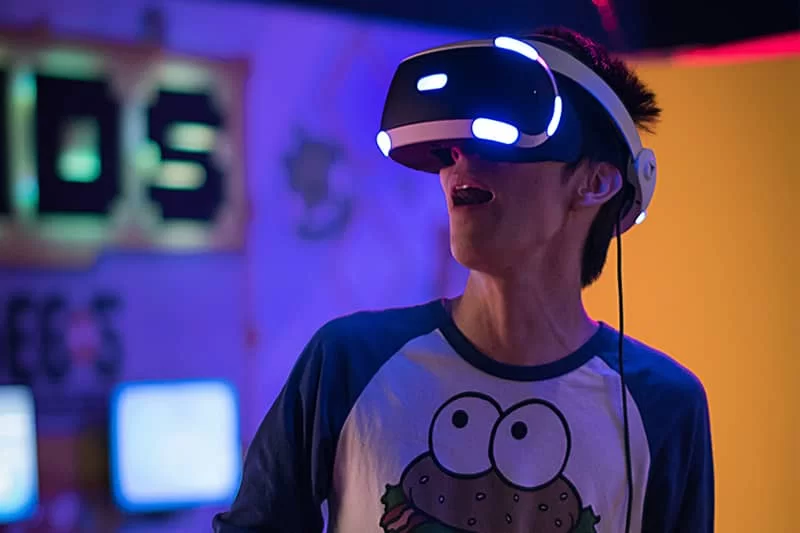
6) The Rise of 3D and Immersive Visuals: Engaging Users with Next-Level Experiences
Immersive 3D visuals and interactive elements are transforming the way users engage with websites. With advancements in WebGL and virtual reality technologies, designers can create captivating experiences that stand out from the competition. By incorporating 3D models, animations, and immersive storytelling, websites can engage users on a deeper level and enhance their overall experience. The future of web design will likely see increased adoption of these technologies, blurring the line between digital and physical experiences.
The biggest advantage of 3D and immersive visuals is that they can offer a heightened level of engagement. Not only do 3D models provide increased realism, but interactive elements such as games, shoppable product views, and virtual tours add an extra layer of interest to the user experience. By creating engaging visuals, designers are able to create experiences that draw users in, encouraging them to explore further within the site.
It’s important for designers to recognise the potential 3D designs have when it comes to creating captivating web experiences. While 2D visuals can be highly effective in certain instances, they don’t always capture a user’s attention in the same way that 3D experiences can. With advancements in technology like WebGL and VR, web designers are now able to create highly immersive environments that can be enjoyed by all users.
The future of web design is 3D and Immersive Visuals. People want to feel like they’re actually in the experience, and there’s no better way to do this than through realistic-looking virtual reality scenes. Not only does this provide an engaging user experience, but it also allows designers to capture the attention of users quickly and easily.
For brands looking to engage with their customers in new and unique ways, 3D and Immersive Visuals are the perfect solution! By taking advantage of these technologies, companies can build relationships with their customers on a more personal level while still providing them with an enjoyable user experience.

7) Sustainable Web Design: Eco-Friendly Practices for a Greener Internet
With concerns over the environmental impact of the internet, sustainable web design is gaining traction as a way to minimise energy consumption and carbon emissions. Sustainable web design focuses on optimising performance, reducing data usage, and utilising green hosting solutions. According to a study by Website Carbon, the internet generates around 2% of global carbon emissions, making sustainable practices essential for a greener future. As businesses become more environmentally conscious, the demand for eco-friendly web design will likely grow, leading to more widespread adoption of sustainable practices and technologies.
From an economic standpoint, sustainable web design can save money and reduce waste. By reducing data usage, businesses can cut down on their hosting costs while also doing their part to help the environment. Additionally, utilizing green hosting solutions and other eco-friendly technologies can help companies meet regulatory requirements for environmental protection.
Sustainable web design is not just about minimizing energy consumption; it’s also about creating a more positive user experience. By focusing on performance optimization and reducing data usage, companies are able to create websites that load quickly, run smoothly, and offer a seamless browsing experience for visitors. This helps foster a better relationship between businesses and their customers by providing them with an enjoyable online experience.
The future of web design is undoubtedly about sustainability. With the rise of green technologies, individuals and organizations are investing more time and resources into creating digital experiences that adhere to eco-friendly standards. This means making sure content is optimised for speed, data usage is minimized, and waste such as coding bloat is reduced.
Sustainable web design isn’t just good for the environment; it’s also good for business. By optimising their websites to reduce energy consumption and enhance user experience, companies can stand out from the competition by offering customers a unique browsing experience with less strain on their finances and carbon footprint.
So what does this mean for you? Sustainable web design isn’t just a trend – it’s an essential part of staying ahead in the ever-changing online world.
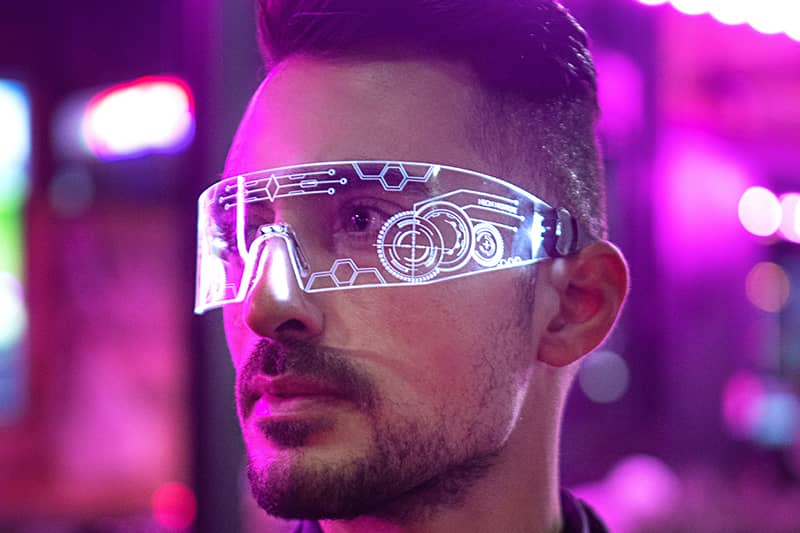
8) Micro-Interactions and Gamification: Creating Dynamic, User-Friendly Experiences
Micro-interactions are subtle UI animations or effects that occur when users interact with a website, such as hovering over a button or submitting a form. These small details can enhance the user experience by providing feedback, encouraging engagement, and making websites feel more interactive. Gamification, on the other hand, involves incorporating game-like elements into web design to increase user engagement and motivation. Both micro-interactions and gamification contribute to creating dynamic, user-friendly experiences that foster long-term user loyalty. As user expectations continue to rise, these elements will likely become more integral to web design, with a focus on creating memorable, interactive experiences.
Sustainable Web Design (SWD) is the future of web design. It involves creating a website with an underlying emphasis on environmental sustainability, often achieved through the use of green technologies and renewable energy sources. SWD takes into account a variety of factors such as user experience, speed optimization, accessibility, content organization, and optimized code. By focusing on these core principles, websites can be more efficient and effective while minimising their carbon footprint.
The importance of Sustainable Web Design lies in its ability to reduce our global carbon footprint while increasing web efficiency. Websites that are designed using SWD have been shown to load faster due to their optimized coding and reduced server resources. They also tend to be more accessible for users with disabilities or older web-browsers, as well as more organized and aesthetically pleasing. Plus, SWD is an affordable solution for businesses that want to do their part in helping the environment.
As it stands now, Sustainable Web Design is a fast-growing trend that looks set to become the future of web design. Not only does it help our planet stay healthy and beautiful, but it also helps websites run smoother and faster while being accessible to everyone regardless of their physical or technological capabilities. With its focus on user experience, speed optimization, accessibility, content organization and optimized code, SWD is the perfect solution for any business looking to reduce their environmental impact in the digital sphere. So let’s all join hands and get designing – sustainably!
For those of us in the web design world, sustainable practices are now a must. We can’t simply ignore the effects of our designs on the environment any more. Thankfully, sustainable web design (SWD) provides us with a way to create websites that are both aesthetically pleasing and environmentally responsible.

9) The Intersection of Web Design and Virtual Reality: Bringing the Metaverse to Life
The metaverse, a virtual reality space where users can interact with digital environments and other users, is an emerging trend with significant implications for web design. As VR technology becomes more accessible, web designers will need to consider how to create immersive, virtual experiences that bridge the gap between the physical and digital worlds. The future of web design may involve designing for virtual reality platforms, creating 3D environments, and incorporating spatial audio to deliver truly immersive experiences that redefine online interaction.
The future of web design is all about Virtual Reality (VR). It’s the newest and most innovative way to showcase your products and services in a totally immersive way. VR allows you to create interactive, three-dimensional experiences that customers can explore from the comfort of their own homes. This means that customers get an up close, personal look at what they’re buying before committing to it – kind of like taking a virtual test drive!
Plus, with more companies embracing VR technology, there’s never been a better time for businesses to get creative with their web designs. You can bring product demonstrations or training sessions to life with realistic animations and videos. No matter what industry you work in, having images and videos on your website that were filmed in immersive 360-degree VR can help you stand out from the crowd and get noticed.
And if all of this isn’t enough to convince you, just think about how much easier it will make shopping online! No more worrying about whether or not the item will look good on you – with VR, customers can ‘try before they buy’ by seeing what a product looks like up close and personal before making their purchase.
At the end of the day, Virtual Reality is changing the way we look at web design. With its interactive features and ability to transport people into another world, there’s no doubt that VR will continue to revolutionize web design for years to come!
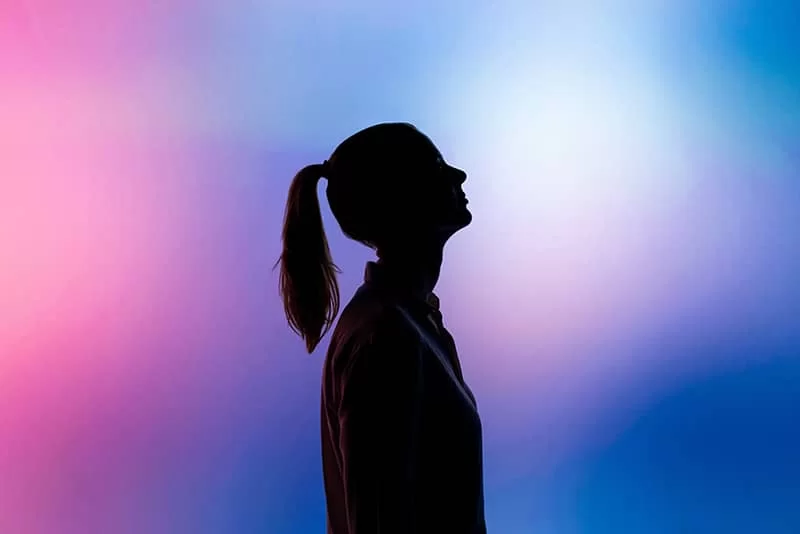
10) Inclusive Design: Making the Web Accessible for All Users with Universal Design Principles
Inclusive design aims to create websites that are accessible and usable for everyone, regardless of their abilities or circumstances. This approach involves considering factors such as colour contrast, font size, and alternative text for images, as well as incorporating assistive technologies like screen readers and keyboard navigation. According to the World Health Organization, over 1.3 billion people have disabilities, making inclusive design an essential aspect of modern web design.
As society becomes more aware of the importance of accessibility and inclusion, web designers will need to prioritize inclusive design practices to create websites that cater to the diverse needs of all users. This is where WordPress plugins come in – they can help web designers ensure that their websites are accessible and user-friendly.
From plugins that add captioning to videos, to ones that allow users to control font sizes, there’s a plugin available for just about every accessibility requirement. If your website isn’t meeting the needs of all its visitors, it’s time to take advantage of these helpful and easy-to-use plugins!
What’s more, incorporating inclusive design in web design is not only beneficial for people with disabilities – it often leads to better experiences for all users. After all, when everyone feels included online, everybody wins! So don’t wait any longer – make sure your website looks great and works perfectly no matter who is visiting it. With the right plugins, you can make sure everyone feels included in your digital space.
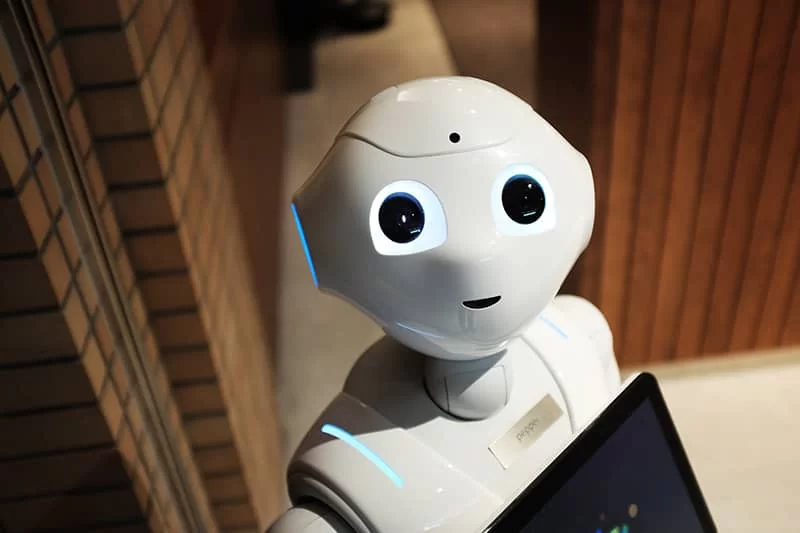
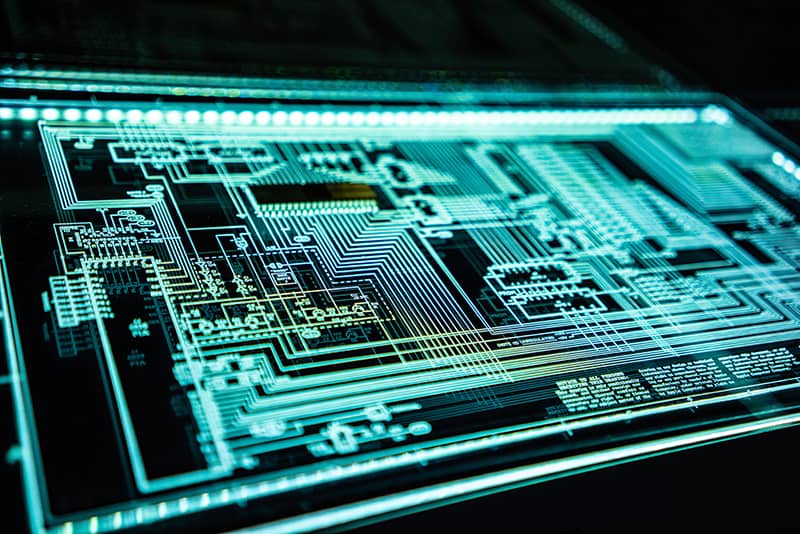
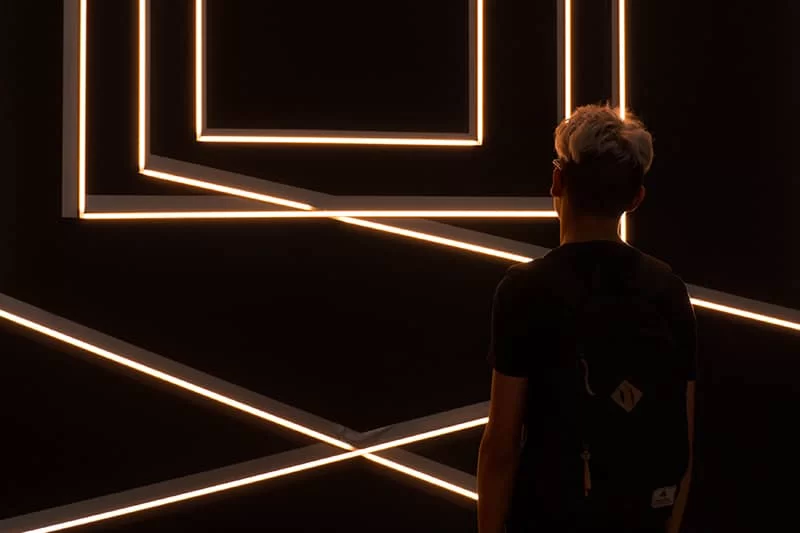
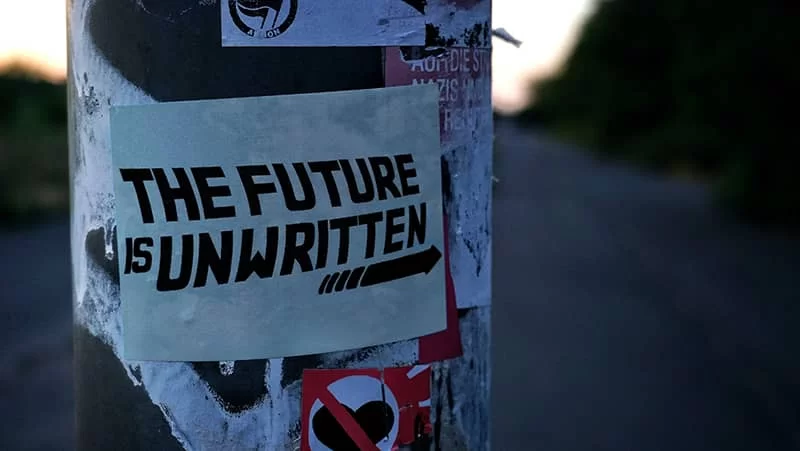
The Future of Web Design Today Is In Your Hands
The future of web design is already upon us, as these 10 hot takes demonstrate the importance of adapting to emerging trends and technologies.
By embracing responsive design, prioritising user-centric elements, harnessing AI, and designing for inclusivity, web designers can create websites that not only meet the needs of today’s users but also remain relevant in the years to come.
As we look towards the future of web design, it’s clear that staying ahead of the curve and embracing innovation is more important than ever. By understanding and implementing these trends, designers can ensure their websites remain at the cutting edge of the digital landscape, ready to face the challenges and opportunities that the future holds.
Leave A Comment
Loved this article? Please consider sharing it with your friends…

Peter Lowen
Senior Web Developer | CEO
Peter Lowen is the founder and CEO of Constructive Visual, a website design and hosting company. He has been creating websites since 2005 and writes content on business, marketing, web design, sales training, web hosting and WordPress related topics.
Enjoyed Our Article? We've found a few more for you!
Responsive Web Design – Best Practices for a Responsive Website
In an era where digital presence is imperative, having a responsive website is no longer optional—it’s essential. At Constructive Visual,...
Strengthen your Perth & Wheatbelt business’s online presence with tailored website design and hosting, raising visibility, enhancing user experience, and...
Branding is essential for any business, big or small. It helps to create a unique identity and sets you apart...
Creating a Strong Online Foundation – Small Business Web Design in Perth
In today’s digital age, having a well-designed website is crucial for small businesses in Perth. A professionally designed website can...










